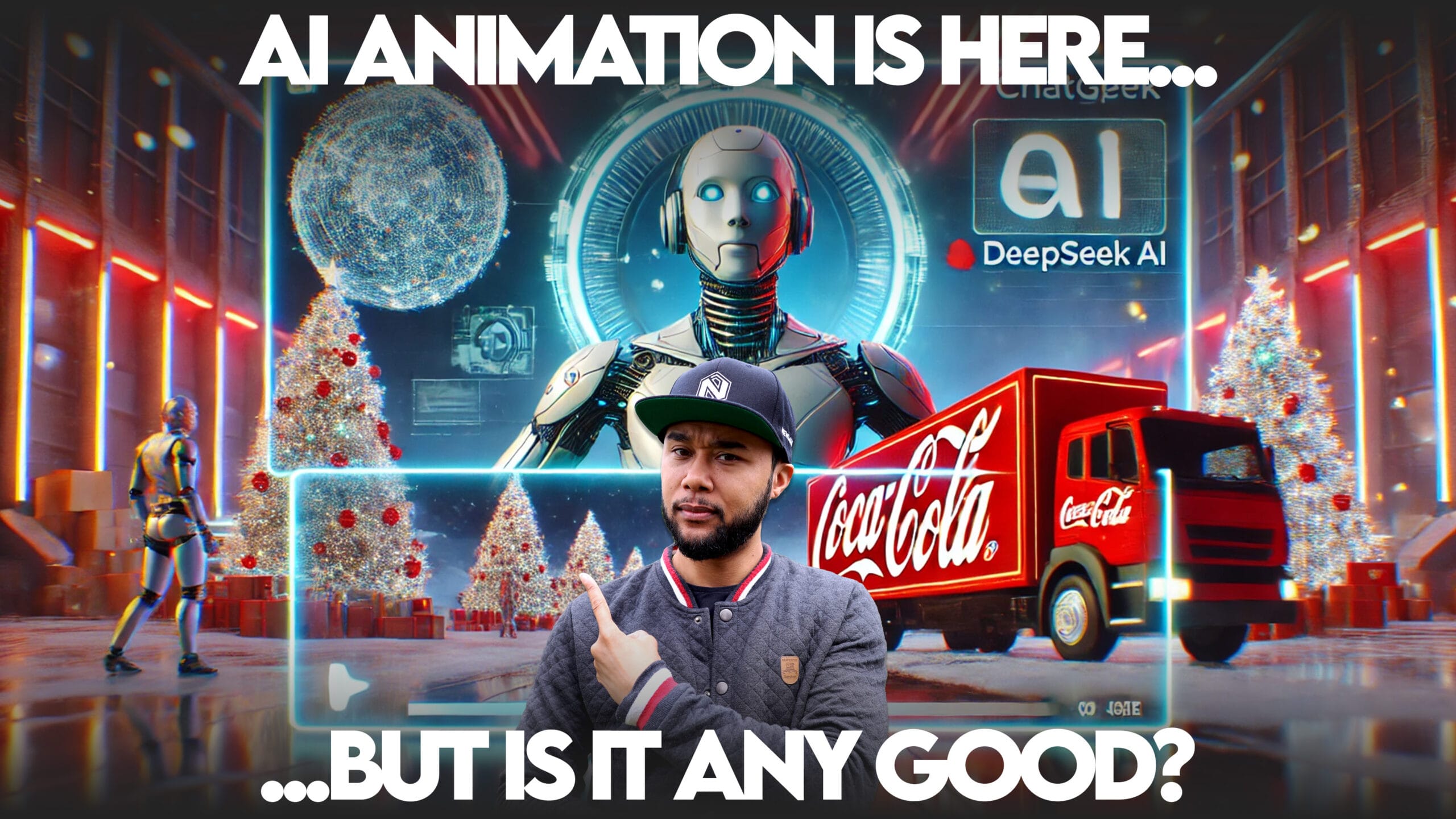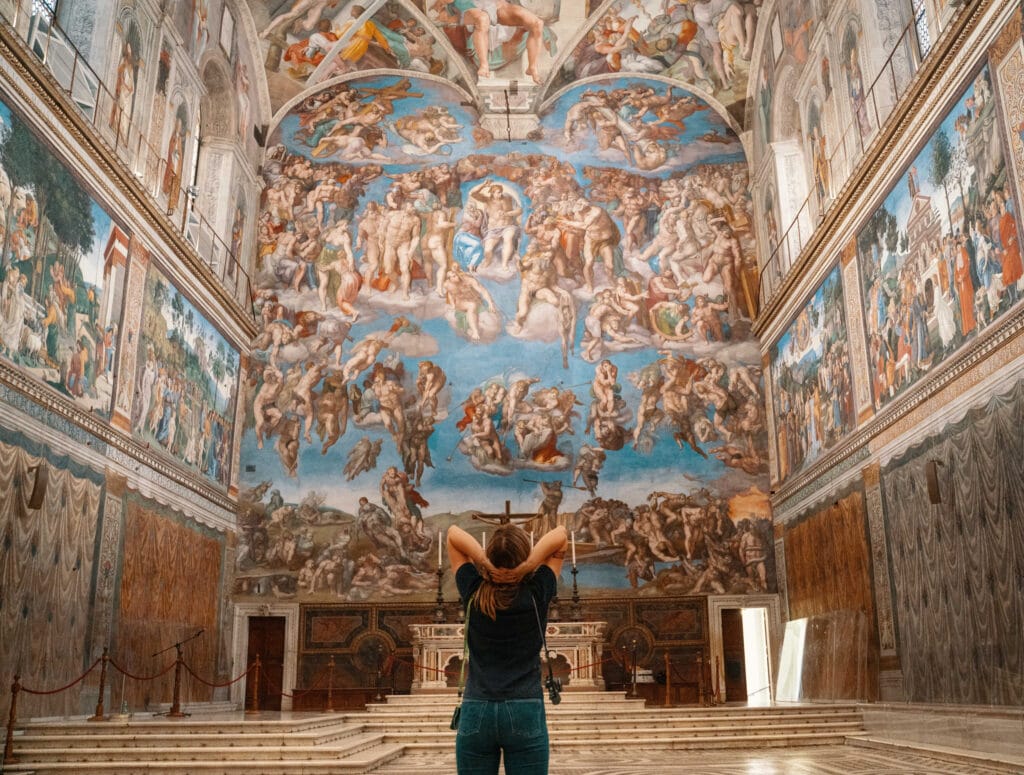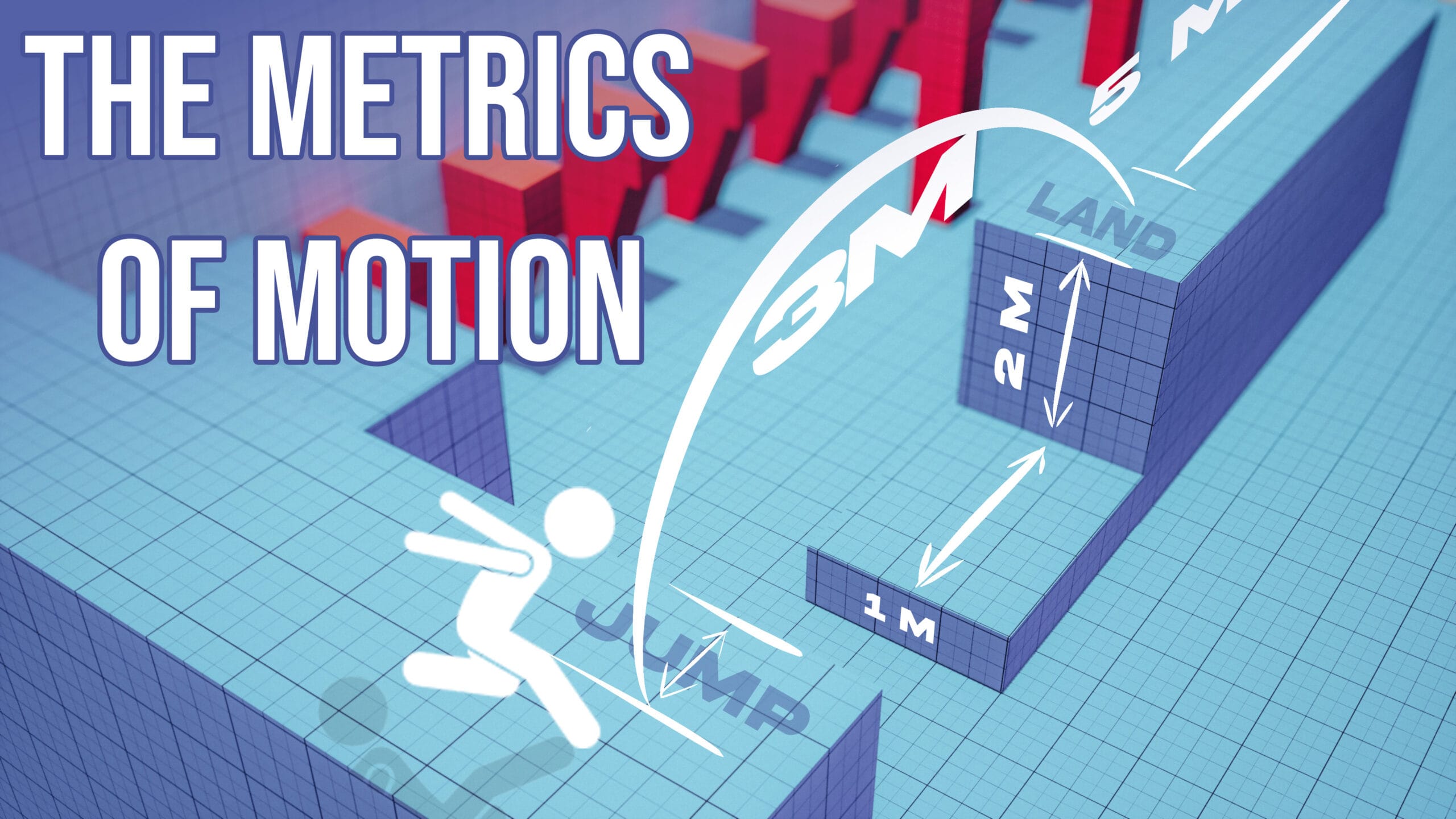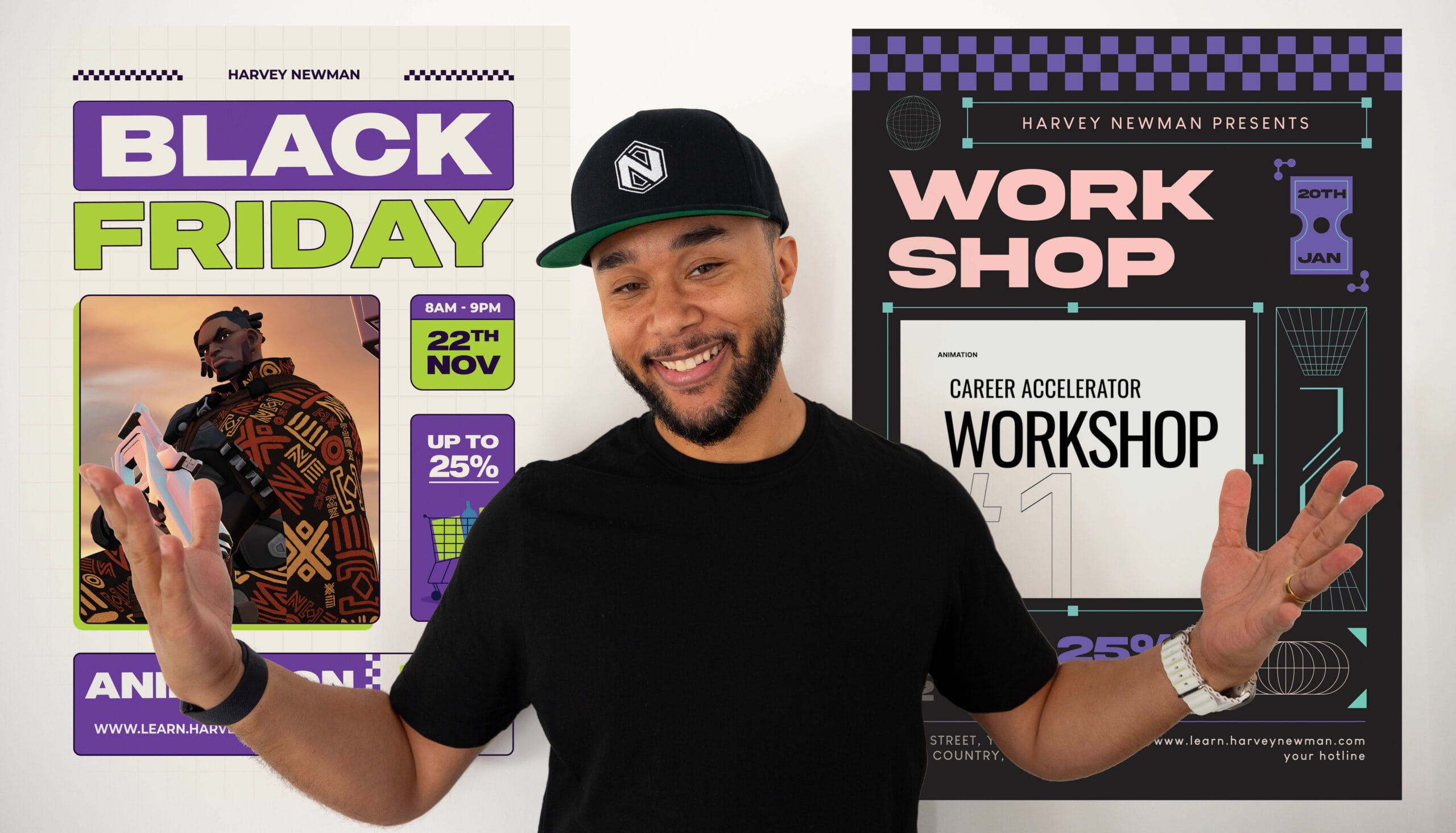
The Evolution of AI in Animation: Bridging the Gap Between Art and Technology
Introduction: AI’s Growing Role in Animation
Welcome to another exploration into the world of animation and artificial intelligence (AI in Animation). With the rapid pace of technological advancements, AI is no longer just a supporting tool—it’s becoming a major player in animation workflows.
My name is Harvey Newman, and with two decades of experience in games and animation, I’ve seen firsthand how AI in Animation is evolving. Recently, a comment from Sephirow on one of my videos got me thinking—AI is far beyond simple pose interpolation now. It’s time for an update on its progress.
The Shift in Big Brands: AI in Advertising
Coca-Cola’s AI-Generated Christmas Ad
A clear sign of AI’s growing influence in animation comes from Coca-Cola’s AI-generated Christmas advertisement. Traditionally, Coca-Cola was known for its high-quality, handcrafted commercials featuring the iconic Santa Claus ads that defined holiday marketing.
However, their decision to use AI-generated visuals for a Christmas campaign marked a significant shift. While some saw it as an innovative step, others questioned whether AI-generated content lacks the soul and craftsmanship of traditional animation.
John Lewis and the Role of Human Touch
John Lewis, in contrast, collaborated with ex-Disney animator Aaron Blaise a few years ago, which showcased human artistry and remained central.
This raises an important question: What defines great animation? Is it the process, the technology, or the emotion infused by human animators?
Introducing Sora AI: A New Frontier
Sora AI by OpenAI: The Next Step in AI Animation
A major development in AI animation is Sora AI, a tool from OpenAI that aims to transform static images into animation. Unlike traditional animation software, Sora AI predicts movement and transitions, potentially automating entire animation sequences.
Where AI Falls Short
Despite these advancements, AI tools still struggle with stylized animation. As Marques Brownlee pointed out, while AI excels at realistic motion, it often fails to capture unique artistic styles without human intervention.
Even in software like Maya, in-betweening lacks the finesse of a trained animator, often requiring manual corrections to achieve professional-quality results.
The Human Element: The Missing Ingredient in AI
Why Animation Still Needs Human Creativity
Animation is not just about movement—it’s about emotion, storytelling, and artistic choices. Many principles that Disney and Warner Brothers established still define great animation today.
While AI can learn these principles, true artistry requires intuition, experience, and human insight—elements AI has yet to master.
The Uncanny Valley and AI’s Current Limitations
One of the biggest challenges in AI animation is the Uncanny Valley—the eerie feeling when something looks almost human, but not quite right.
Examples like The Polar Express remind us how subtle details in facial expressions and movement make or break animation. AI struggles to replicate these nuances, resulting in animations that feel lifeless or robotic.
Until AI understands human expression at a deeper level, this gap will remain.
The Renaissance Perspective: Valuing Art Through Time and Craft
The Difference Between AI and Human Craftsmanship
Looking back at the Renaissance, artists like Leonardo da Vinci spent years mastering their craft. In contrast, AI can generate complex imagery in seconds—but does that make it better?
The real value of art isn’t just efficiency—it’s the time, effort, and creativity put into it. AI accelerates production, but it cannot replace the thought process that goes into true artistic creation.

Finding Balance: AI as a Companion, Not a Replacement
The best way to approach AI in animation is not as a replacement for animators, but as a powerful tool to enhance creativity.
As seen in Pixar’s WALL-E, an overreliance on technology can lead to a loss of human agency. This serves as a cautionary tale—reminding us to embrace AI, but not at the cost of artistic expression.
Conclusion: A Call for Reflection and Engagement
As we move into 2025 and beyond, AI will continue to reshape animation, advertising, and digital art. The question is: How do we use it responsibly?
Instead of fearing AI, we should explore how it can assist artists, streamline workflows, and expand creative possibilities—while still preserving the human touch that makes animation special.
What are your thoughts? Let’s discuss the future of AI in animation together!
Stay well, stay safe.
Peace. ✌️
Watch the full video on Youtube:



